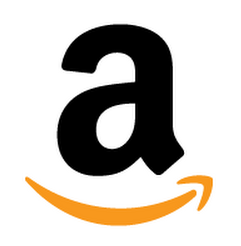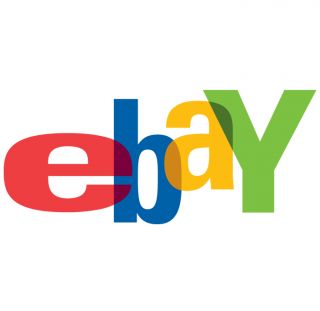How I Built And Scaled A $250M Per Year Filter Company
Hello! Who are you and what business did you start?
Hello! I’m David Heacock, the founder and CEO of Filterbuy. Over the last decade, I’ve built a leading pleated air filter company, but now I’m on a mission to build the world’s leading indoor air quality company.
Filterbuy manufactures high-quality pleated air filters and offers HVAC services focused on creating healthier indoor environments. Our primary customers include families, businesses, and organizations across the United States who are committed to improving their air quality.
What makes Filterbuy special is our commitment to quality and our relentless focus on serving our customers. We manufacture 100% of our products in America, supporting rural and underserved communities by providing stable, meaningful employment.
We’ve taken what started as a small family business and transformed it into a thriving company with a growing national footprint in both products and services. Today, our business brings in around $250 million annually, and we’re only getting started.

Download the report and join our email newsletter packed with business ideas and money-making opportunities, backed by real-life case studies.

Download the report and join our email newsletter packed with business ideas and money-making opportunities, backed by real-life case studies.

Download the report and join our email newsletter packed with business ideas and money-making opportunities, backed by real-life case studies.

Download the report and join our email newsletter packed with business ideas and money-making opportunities, backed by real-life case studies.

Download the report and join our email newsletter packed with business ideas and money-making opportunities, backed by real-life case studies.

Download the report and join our email newsletter packed with business ideas and money-making opportunities, backed by real-life case studies.

Download the report and join our email newsletter packed with business ideas and money-making opportunities, backed by real-life case studies.

Download the report and join our email newsletter packed with business ideas and money-making opportunities, backed by real-life case studies.
























































